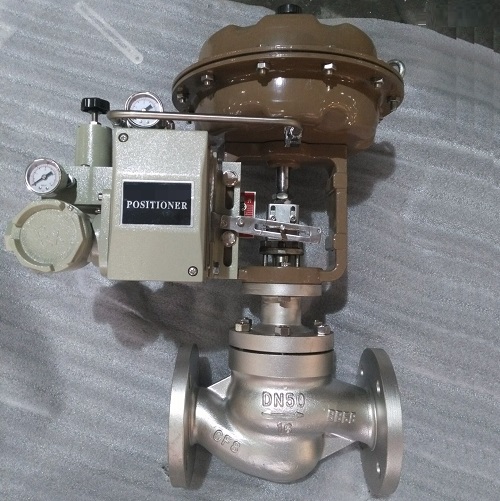What is Flow Control Valve
A flow control valve is a mechanical device used to regulate and control the flow of a liquid or gas. Typically, these controlvalves are non-mechanical, usually relying on the undesirable conditions of the regulated substance to open or close the valve. Occasionally, flow control valves will be regulated with exterior monitoring devices, such as pressure and temperature gauges. A flow control valve is usually either a diaphragm or globe valve, although other valves—such as modified ball and gate valves—have been used in certain applications.
Most of the time, a flow control valve will be regulated using a hydraulic mechanism. This type of flow control valve is known as an automatic control valve, as it does not require any outside mechanism or sensor to help regulate the valve opening. Instead, these valves use a built-in relief mechanism. These relief mechanisms come in a wide variety and use the unideal conditions of the fluid being regulated to operate.
One example of this is known as a relief valve. Also known as a pressure flow control valve, relief valves are typically found on steam generators and are used to prevent steam explosions. If steam goes unregulated, it could expand to the point where the boiler tubing would rupture. In the relief valve itself, the only exit for steam to escape is held under a certain amount of resistance. The force needed to overcome the resistance of the relief valve is equal to the maximum pressure capacity of the boiler; this means that once the steam reaches too high a pressure, the pressure from the steam alone will be enough to open the valve.
Another type of flow control valve is known as an altitude valve, which controls the volume of fuel and water tanks. Altitude valves help to prevent tanks from overflowing, which is very useful for filling processes. The valve will remain open until the tank reaches its maximum capacity. When this happens, the valve is closed automatically through a built-in switch.
Some flow control valves are regulated through exterior devices, such as monitors and gauges. These gauges or monitors are often designed to send a signal to the valve when the working fluid goes out of a certain flow or pressure range. When this happens, these exterior devices send a signal to the control valve, which will further open or close to help adjust the flow or pressure of the fluid.
